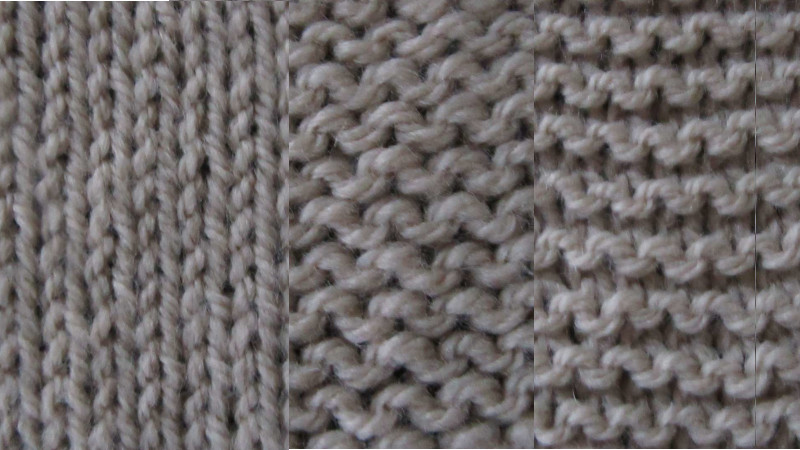Intarsia worked flat
Tubular cast on for 2×2 rib
Also known as: Stretchy cast-on for 2×2 rib
Continue reading “Tubular cast on for 2×2 rib”Recognising how a fabric was made
Have you seen a fabric that you like? You can use your skills in reading your knitting to help you work out how to reproduce it.
Continue reading “Recognising how a fabric was made”It’s more than your eyes
Reading your knitting involves more than your eyes. Touch is a very useful sense that lets you know when things might be going wrong as you are making the stitches.
Continue reading “It’s more than your eyes”Finding problems
We all make mistakes. Counting and looking for differences between areas of your fabric (especially between repeats) are key tools to help you find any mistakes early.
Continue reading “Finding problems”Continue in pattern
Many patterns ask you to “continue in pattern” in an area that contains increases or decreases. Reading your knitting lets you know where in the “pattern” you are keeping to start and finish.
Continue reading “Continue in pattern”Recognising the basics
All knitting is based on variations of two basic stitches (knit and purl, where the working yarn passes through an existing loop in the fabric) and yarn overs (where the working yarn does not pass through an existing stitch). Recognising these and their variations in your knitted fabric is a key skill for reading your knitting.
Continue reading “Recognising the basics”Matching what you see to the pattern
Most people follow a pattern when they are knitting. Knowing how to match the instructions in the pattern to what you see as the fabric is formed on your needles is central to reading your knitting.
Continue reading “Matching what you see to the pattern”


